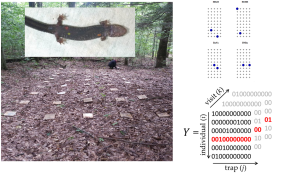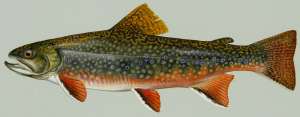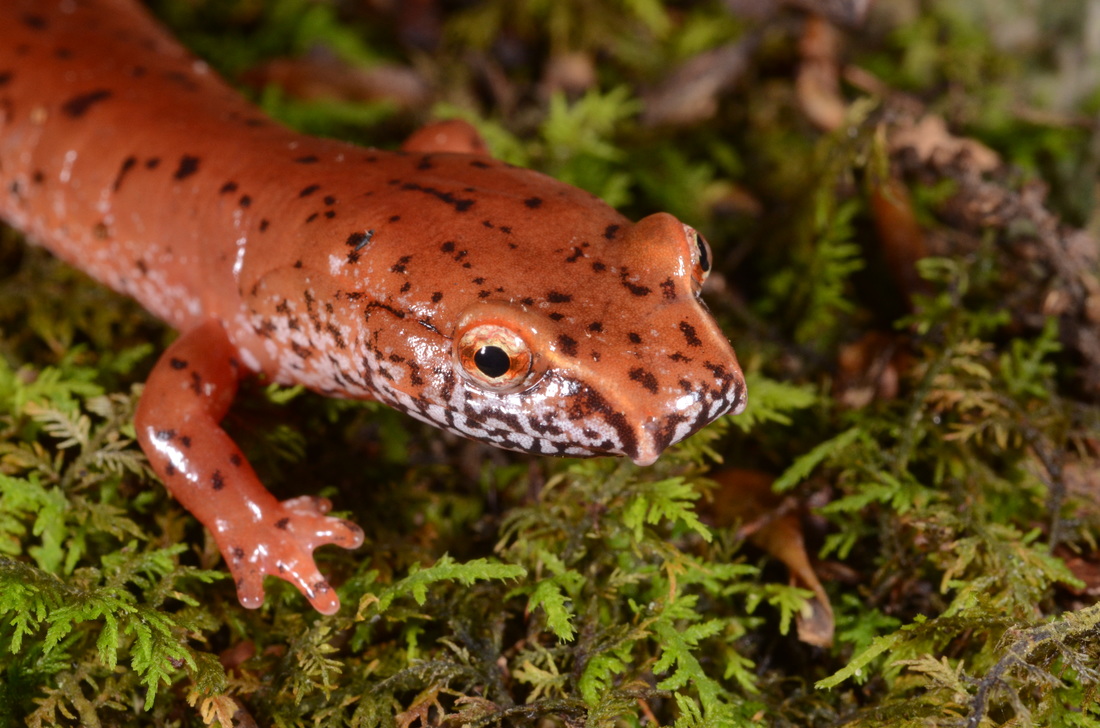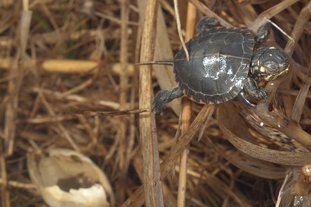Far better an approximate answer to the right question, which is often vague, than an exact answer to the wrong question, which can always be made precise.
–John Tukey





